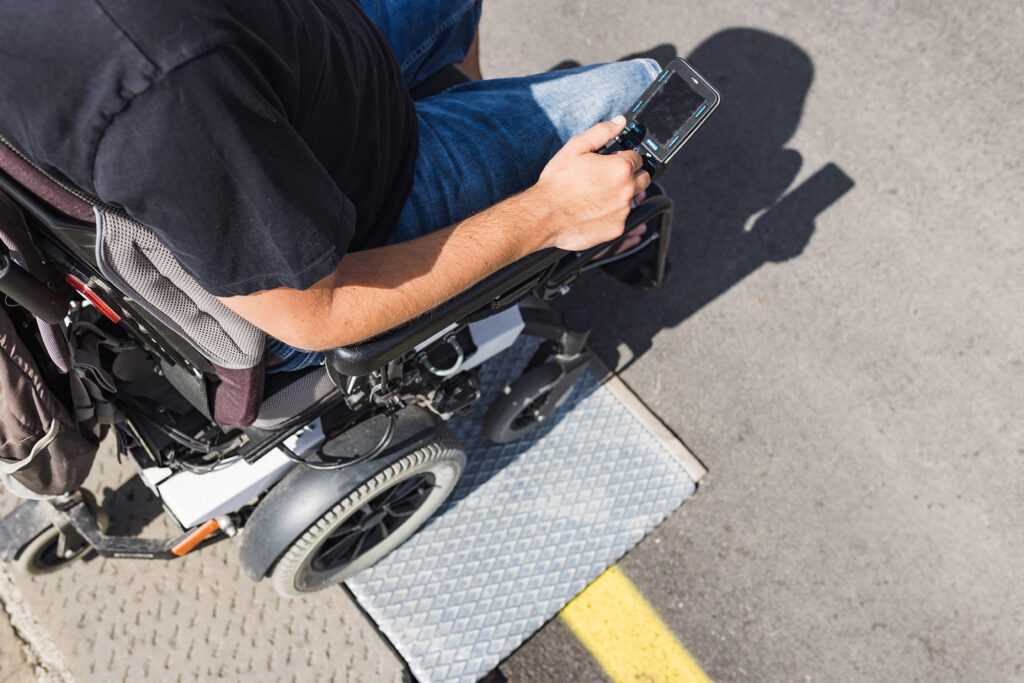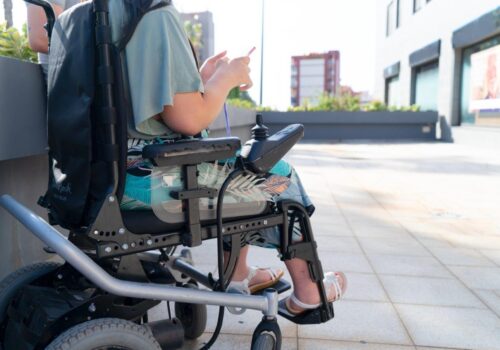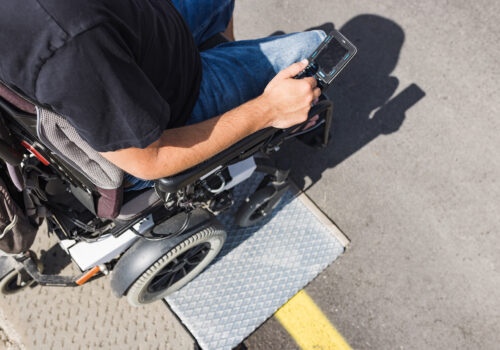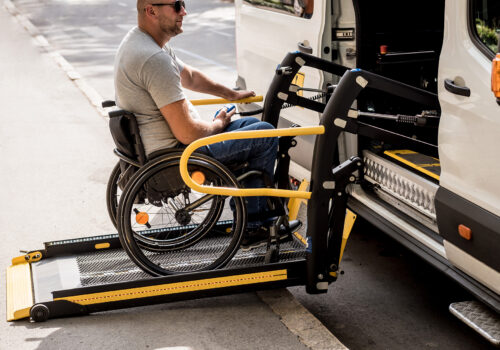Electric / Power Wheelchair Lawsuit

Overview of Electric or Power Wheelchair Lawsuits
Welcome to www.wheelchairinjurylawyer.com, your trusted source for legal assistance if you or a loved one has suffered injuries due to defects in electric or power wheelchairs. Power wheelchairs provide essential mobility for many individuals, but defects and malfunctions can lead to serious injuries and significant legal challenges. This page will discuss known lawsuits, their locations, types of injury claims, and which manufacturers have been most frequently involved in recalls and injury lawsuits.
Electric or power wheelchair lawsuits typically arise from defects in design, manufacturing, or warnings, often leading to severe injuries for the users. These lawsuits are frequently complex, involving extensive evidence gathering and expert testimony to prove liability and causation.
Types of Injury Lawsuits
Lawsuits involving power wheelchairs generally fall into several categories:
Product Liability Claims
These claims assert that a defect in the wheelchair's design, manufacturing, or labeling caused the injury.
Negligence
This involves proving that the manufacturer or another party failed to exercise reasonable care in the design, production, or maintenance of the wheelchair.
Breach of Warranty
These claims assert that the manufacturer failed to fulfill the terms of a warranty, resulting in an unsafe product.
Common Injuries in Power Wheelchair Lawsuits
Falls and Tip-Overs: Design flaws or instability can cause the wheelchair to tip over, leading to fractures, head trauma, and spinal cord injuries.
Mechanical Failures: Defective brakes, wheels, or motors can result in accidents causing serious injuries.
Electrical Malfunctions: Issues with the battery or electrical system can lead to fires, sudden stops, or erratic movements, resulting in burns and other injuries.
Examples
Design, manufacturing and warning defects in powered wheelchairs are not uncommon. Unfortunately, when defects do occur, they have the potential to affect a significant number of wheelchairs and their users. When either the number of wheelchairs affected by a defect or the potential danger to a consumer become significant enough, manufactures and/or regulatory authorities implement recalls or other actions to prevent or mitigate possible danger to users. However, because wheelchairs are intended for individuals who may have serious medical conditions or disabilities, any defect affecting the safe operation of a wheelchair has the potential to cause injury, or worse.

Case Study: Permobil Powered Wheelchair Recall
Location: Nationwide/Worldwide
According to the FDA, Permobil, a well-known wheelchair manufacturer, previously issued a recall of numerous powered wheelchair models due to a potential failure of one or both backrest brackets. The brackets at the center of the recall were intended to provide back support to users who may have positioning or stability deficits. The recall was needed to address the potential that the back support could fail causing a user to fall and sustain injury.

Case Study: Invacare Powered Wheelchair Recall
Location: California
According to the California Department of Public Health, Invacare conducted a recall on several powered wheelchair models due to battery wiring problems. It was reported that the battery wiring harness on affected wheelchairs can become disconnected before delivery to the consumer, and cause potential loss of power to the wheelchair.

Case Study: Sunrise Medical Powered Wheelchair Recall
Location: Nationwide
According to the FDA, Sunrise issued an “urgent” medical device recall letter in connection with one of its powered wheelchairs. It was reported that due to programming errors, the wheelchair motor parameters could be changed and result in operation beyond tested safe limits. A software design change was needed to address this potential for unsafe operation while in use by the consumer.
Potential Dangers
The potential for defects and danger arising from wheelchair design, manufacturing and warnings is significant, and not limited to the examples above. The potential for harm to a user not only arises from potential programming, wiring or other electronic control issues but also:
Several models have been plagued by defective brakes that can cause sudden stops or prevent the wheelchair from stopping safely. Brake failures can also be caused by wheel locks that fail to remain secure, become loose, and potentially ineffective.
Battery and motor issues can lead to fires and unexpected movements, posing significant risks to users.
Some models have been recalled due to instability issues that increase the risk of tip-overs.
Defective batteries have caused power failures, leading to sudden stops and accidents.
Legal Rights and Options for Affected Users
If you have been affected by a defective power wheelchair, you may have legal options to seek compensation for your injuries. Here are the steps you should take:
1. Document the Issue
Keep detailed records of the defect and any incidents or injuries that occurred as a result. Take photographs and videos of the defective product and your injuries.
2. Preserve the Evidence
Do not attempt to repair or modify the defective wheelchair. Preserve it in its current condition as evidence for your case.
3. Report the Incident
Notify the manufacturer and report the defect to the Consumer Product Safety Commission (CPSC). This can help support your case and ensure that other users are made aware of the issue.
4. Seek Medical Attention
Ensure that you receive appropriate medical care for your injuries. Keep all medical records, bills, and documentation related to your treatment.
5. Consult with a Personal Injury Lawyer
Contact an experienced personal injury lawyer who specializes in product liability cases. They can evaluate your case, help you gather evidence, and guide you through the process of seeking compensation.
Types of Compensation
Depending on the specifics of your case, you may be entitled to various forms of compensation, including:
Medical Expenses:
Coverage for past and future medical bills related to your injuries.
Lost Wages:
Compensation for lost income due to your inability to work.
Pain and Suffering:
Damages for physical pain, emotional distress, and diminished quality of life.
Punitive Damages
In cases of gross negligence or willful misconduct by the manufacturer, you may be awarded punitive damages to punish the company and deter future misconduct.
Conclusion
Power wheelchair defects can lead to severe injuries and significant legal challenges. Understanding your rights and options is crucial if you or a loved one has been affected by a defective power wheelchair. At www.wheelchairinjurylawyer.com, we are dedicated to helping individuals seek justice and compensation for their injuries. Our experienced personal injury lawyers are here to provide the support and guidance you need.